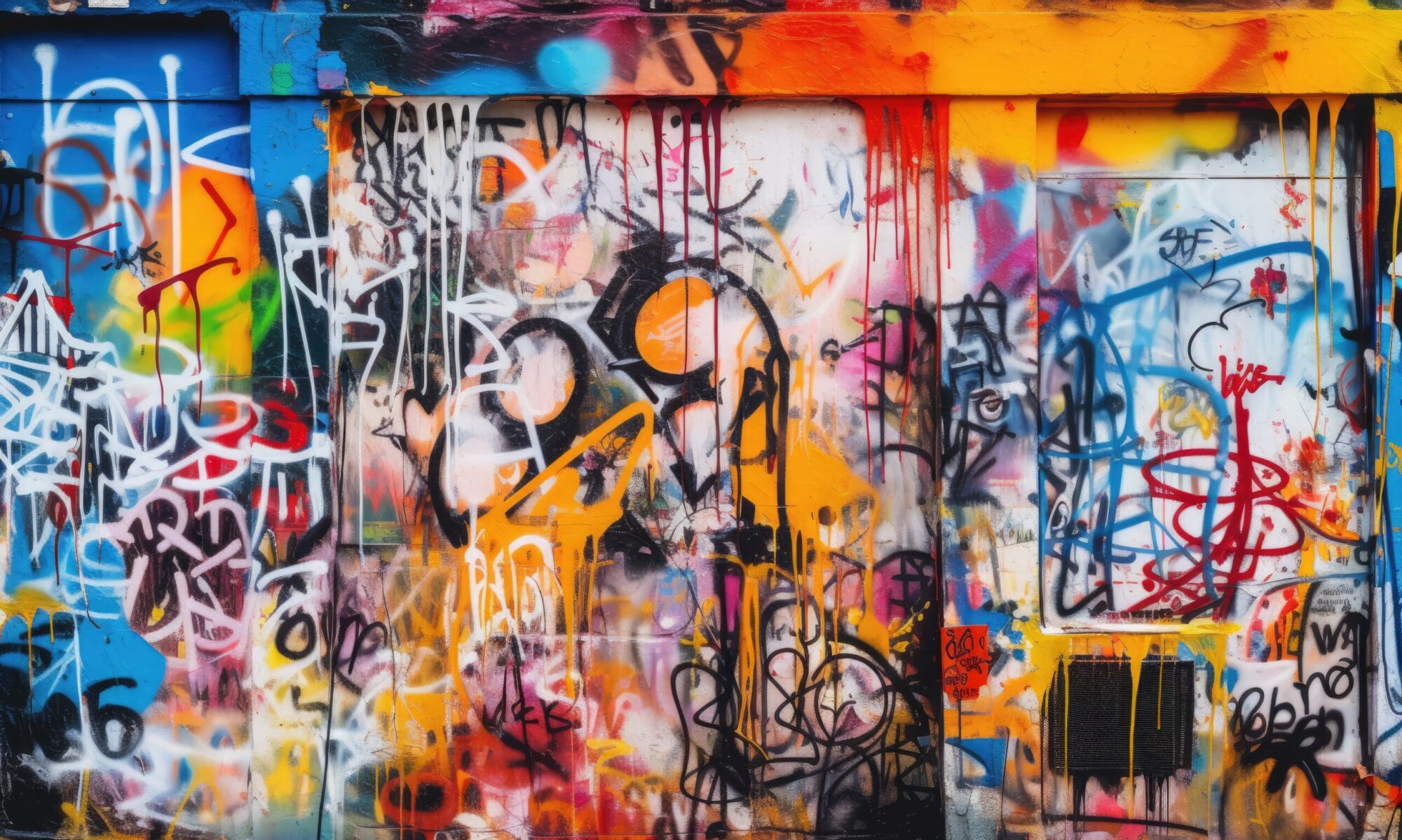This is the latest post in a series announcing resources created for the Scholarly Communication Notebook, or SCN. The SCN is a hub of open teaching and learning content on scholcomm topics that is both a complement to an open book-level introduction to scholarly communication librarianship and a disciplinary and course community for inclusively sharing models and practices. IMLS funded the SCN in 2019, permitting us to pay creators for their labor while building a solid initial collection. These works are the result of one of three calls for proposals (our first CFP was issued in fall 2020; the second in late spring ‘21, and the third in late fall 2021)
Today we’re excited to share “Perspectives on Scholarly Communication: A Student-Created Open Textbook” (available in the SCN OER Commons Hub as well as in Open Science Framework), contributed by Christopher Hollister. Christopher, who teaches a graduate MLIS course at University of Buffalo, used an open pedagogy assignment to have students author essays on scholarly communication topics of their selection. Here’s Christopher to introduce the project:
Dear SCN Readers…
As noted by the SCN Team, this project involves the experimental use of open pedagogy to teach the Scholarly Communication course in a graduate-level library and information science (LIS) program. Open pedagogy is variously defined, but generally understood as a framework that requires students to be active creators of course content rather than passive consumers of it. Proponents view this as a form of experiential learning in which students demonstrate greater understanding of content by virtue of creating it.
Students in this course learn by doing; that is, they learn about scholarly communication by participating in the process. Each student is required to develop a chapter—on a scholarly communication topic of their choosing—to be included in an open access monograph. Following the semester, the text is published under a Creative Commons license on the University at Buffalo’s institutional repository as an open educational resource (OER), allowing for reuse or repurposing in future sections of the course or in similar courses in LIS programs at other institutions. To date, students have created the following open monographs: Perspectives on Scholarly Communication, Volume 1 (2019), Perspectives on Scholarly Communication, Volume 2 (2020); and Perspectives on Scholarly Communication, Volume 3 (2021). Support for the development and production of the third volume was generously provided by the SCN Team and its 2019 IMLS grant.
Immediate outcomes of the “learn by doing” aspect are clear. The experience of publishing engages students in the applied side of concepts they are introduced to by way of lectures, readings, and other class activities. This experience is invaluable for those entering academic librarianship, particularly for those who will have scholarly communication responsibilities. Immediate outcomes of the open pedagogy aspect are also quite compelling. Research shows that students ascribe a positive learning experience to the implementation of this framework, and they hold for its continued use in future sections of the course. Students are enthusiastic in their embrace of creating renewable versus disposable coursework. They express great satisfaction with contributing to the professional literature, building the discipline’s nascent OER record, and having a publication to feature in their curricular and professional dossiers. The experience also resonates with students on a philosophical level; LIS students are characteristically inclined to support activities that align with the field’s abiding “free to all” ethic.
Long-term outcomes for the Scholarly Communication course are emerging as this experiment continues to unfold. Most notably, select chapters from these volumes are used as required readings. The following student-created chapters, for example, are required readings for the upcoming 2022 fall semester:
- Moving toward multilingualism in scholarly communication to combat the linguistic injustices caused by English as a lingua franca (Huskin, 2021)
- Indigenous knowledge in academia (Neumaier, 2021)
- Flipping the script: Creating equity for BIPOC academics in scholarly publishing through open access (Poenhelt, 2020)
- Ethics and academic tenure: The struggle for female identifying scholars to achieve tenure (Roberts, 2020)
About the Author
Christopher Hollister is the Head of Scholarly Communication with the University at Buffalo Libraries. In that role, he advances initiatives related to scholarly publishing, open access, and open education. A longtime advocate and activist for transforming the current system of scholarly communication into an open one, Chris is co-founder and co-editor of the award-winning open access journal, Communications in Information Literacy. He also teaches the Scholarly Communication and International Librarianship courses for the University’s Department of Information Science. His current research interests include scholarly publishing and open educational practices.
